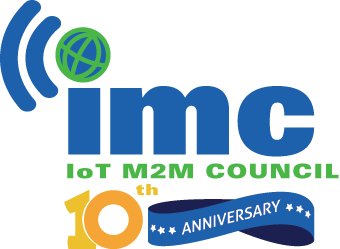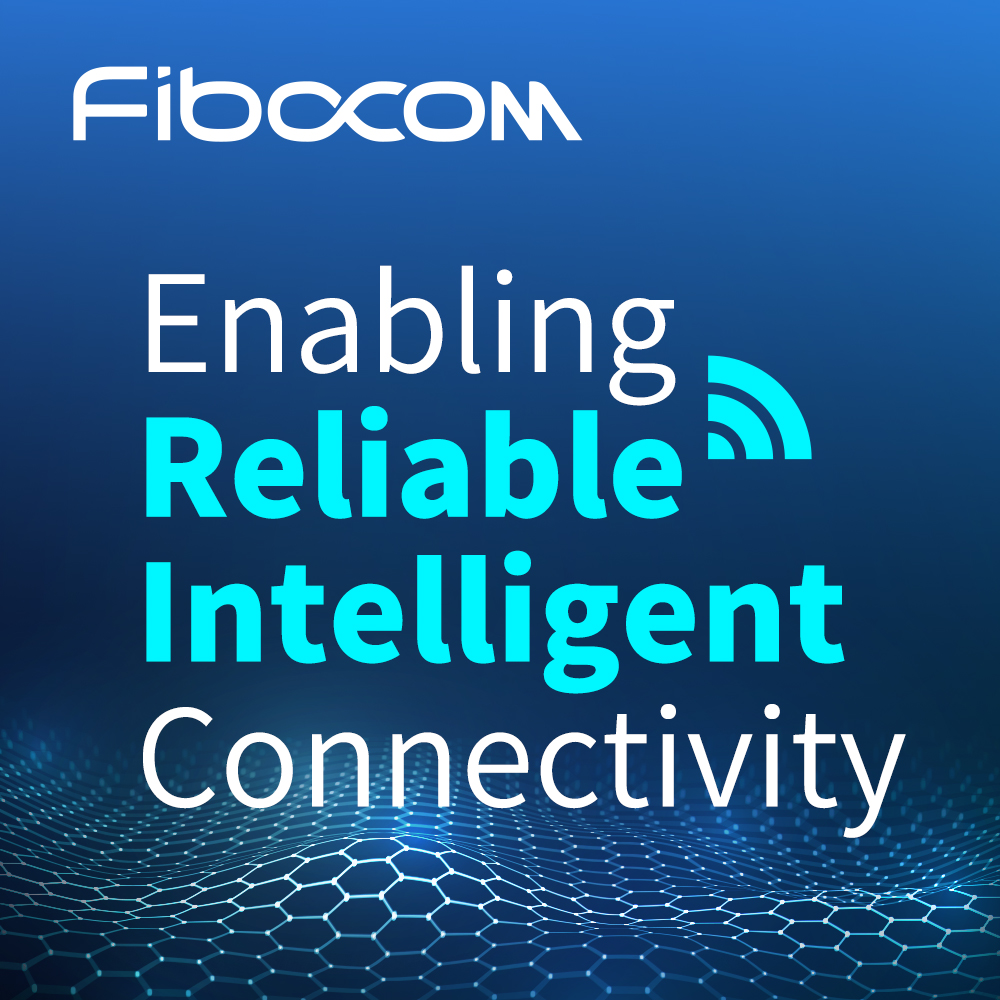AWS partners Verizon to reduce latency on 5G
- August 13, 2020
- Steve Rogerson

Amazon Web Services (AWS) has announced the general availability of AWS Wavelength on Verizon’s 5G network, allowing developers to build low latency applications for mobile devices.
This is initially for users in Boston and the San Francisco Bay Area, beginning in San Jose and extending to the rest of the Bay Area in the coming weeks. More locations in the USA and overseas will follow.
Users can now deploy parts of their application that require ultra-low latency at the edge of 5G networks using the same AWS APIs, tools and functionality they use today, while seamlessly connecting back to the rest of their application and the full range of cloud services running in an AWS Region.
By embedding AWS compute and storage services at the edge of 5G networks, Wavelength enables developers to serve edge computing use cases that require ultra-low latency such as machine learning, IoT, and video and game streaming.
With 77 availability zones across 24 regions, AWS helps developers serve end-users with low latencies worldwide. However, there are an increasingly a number of applications such as smart manufacturing, machine learning inference, autonomous driving, live event streaming, IoT and video games that want very low latency across the mobile network. To perform their jobs, these applications need access to compute and storage and, like many applications today, they also seek to leverage the cloud.
However, accessing the cloud using traditional mobile architectures requires several hops on the network from a device, to a cell tower, to metro aggregation sites, to regional aggregation sites, to the internet, to the cloud and then back through those stops before getting back to the device. This creates tens of milliseconds – sometimes seconds – of latency. The 5G network is up to ten times faster than 4G, but to take full advantage of the latency improvements that 5G offers, the number of network hops needs to be reduced.
Wavelength addresses these problems by bringing AWS services to the edge of the 5G network, reducing the latency to connect to an application from a mobile device. With Wavelength, AWS developers can deploy their applications to Wavelength Zones – AWS infrastructure deployments that embed AWS compute and storage services within the telecommunication providers’ data centres at the edge of the 5G network – so application traffic only needs to travel from the device to a cell tower to a Wavelength Zone running in a metro aggregation site.
This removes the latency that results from multiple hops between regional aggregation sites and across the internet, which enables users to take fuller advantage of 5G networks. Wavelength will also deliver a consistent developer experience across multiple 5G networks around the world, and allows developers to build ultra-low latency applications using familiar AWS services, APIs and tools. By providing a common developer experience, Wavelength makes it easier for developers to deploy across different telecommunications providers even if these providers have different deployment and operations semantics.
AWS is partnering with Verizon to bring AWS Wavelength to customers across the USA. The first Wavelength Zones are available today in Boston and the San Francisco Bay Area, and additional locations will be coming later this year. AWS is also working with other telecommunications providers, including Vodafone, SK Telecom and KDDI, to launch Wavelength Zones across Europe, South Korea and Japan.
Developers that want to deploy their application to the 5G edge simply extend their Amazon virtual private cloud to the Wavelength Zones, and then they can start running a broad range of AWS services, including Amazon Elastic Compute Cloud, Elastic Block Storage, Elastic Container Service and Elastic Kubernetes Services. In addition, developers can continue to use familiar AWS services to manage, secure and scale their applications, such as AWS Cloud Formation, Identity and Access Management (IAM), and Auto Scaling, making it easier to run a wide variety of latency-sensitive workloads such as analytics, IoT, machine learning, game streaming, and AR and VR on 5G networks.
“Our customers tell us they are excited to build applications that take advantage of 5G networks, but in order for these applications to provide ultra-low latency to mobile end-users, customers need AWS compute and storage services embedded directly within the 5G network,” said Dave Brown, AWS vice president. “With AWS Wavelength, our customers can develop applications that take advantage of ultra-low latencies to address use cases like machine learning inference at the edge, smart cities and smart factories, and autonomous vehicles, all while using the same familiar AWS services, API and tools to deploy them to 5G networks worldwide.”
Verizon is building a 5G network in the USA. Launched in April 2019, Verizon’s 5G Ultra Wideband network is live in parts of 35 cities and will expand to more than 60 cities by the end of this year.
“We’re excited to bring AWS Wavelength to the edge of our network, unlocking the power of 5G Edge and mobile edge compute for developers around the world,” said Kyle Malady, CTO of Verizon. “We built our 5G Ultra Wideband network from the ground up to support the transformative experiences enabled by the ultra-low latency and robust bandwidth delivered for mobile edge compute.”
Tata Consultancy Services (TCS) is an IT services, consulting and business organisation that has been partnering with many of the world’s largest businesses in their transformation journeys for the past 50 years.
“TCS recently piloted one of our cutting-edge smart factory solutions, and leveraged AWS Wavelength to enable re-imagined business capabilities using real-time video and image analysis for quality inspection of high-speed assembly lines,” said Shanky Viswanathan, CTO at TCS. “With critical GPU workloads rendered from AWS Wavelength coupled with 5G’s bandwidth, we can achieve the low latency and increased connectivity to deliver a pathway to truly connected factories, where data flows seamlessly between machines and cloud to enable AI powered real-time decisioning at the edge.”




